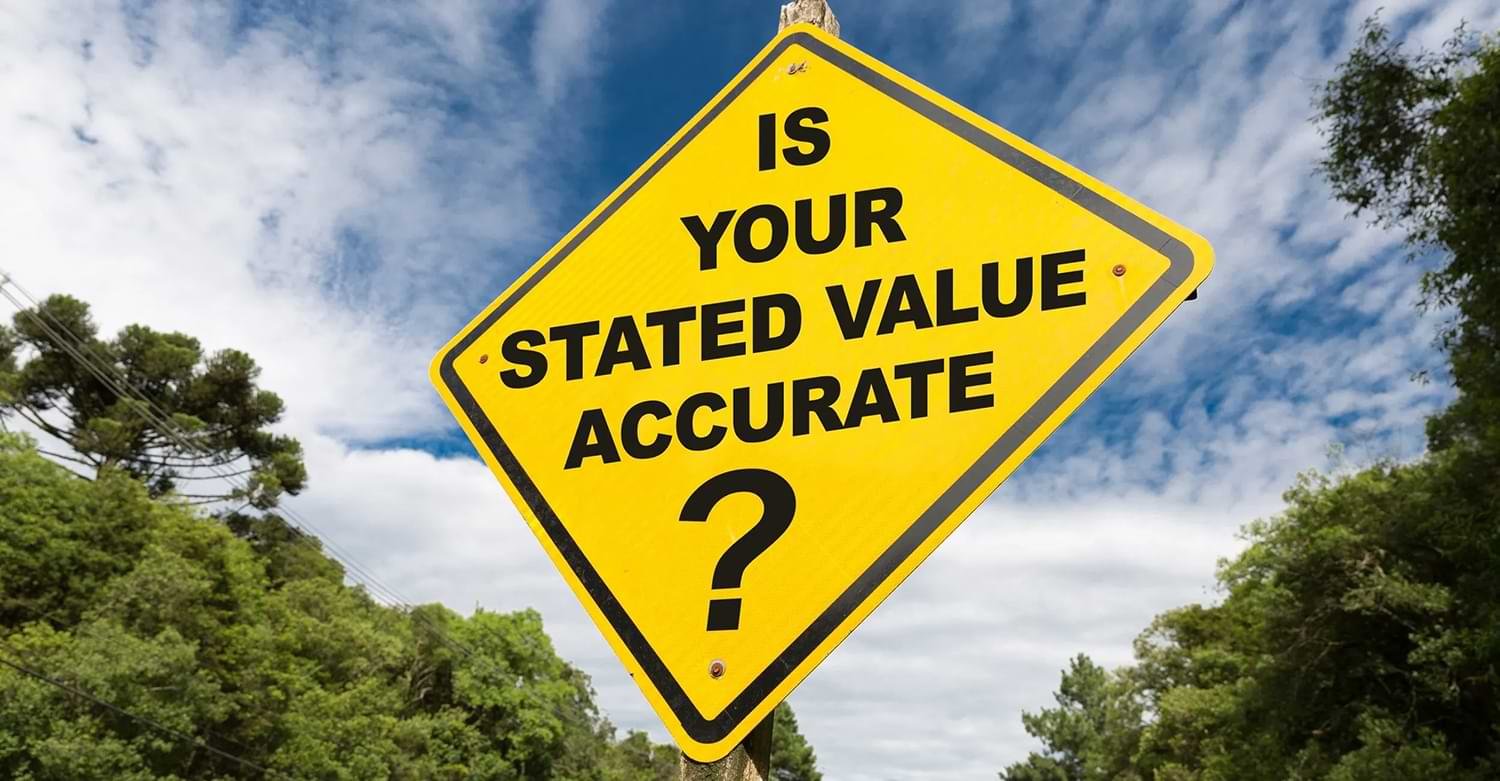COMMERCIAL AUTO POLICIES: STATED AMOUNT
Are You Insuring Them for What They’re Worth?
The supply chain issues of microchips, essential components in today’s cars and trucks, that slowed down the production of new vehicles over the past few years appear to be smoothing out. With new vehicles more readily available, prices for used ones—which were in huge demand during the height of the microchip shortage—have finally come down.
Due to this fluctuation in used vehicles prices, it is imperative for policyholders with commercial auto policies rated on a stated amount basis to have a good knowledge of how their cars and trucks are equipped and to make sure those vehicles have current and accurate values assigned to them. For cars and trucks that are covered on a stated amount basis, the policyholder places a dollar value on the vehicles, and the policy premium is determined using the value they have assigned.
Accurate stated amounts are vital because they affect how claims are processed and paid by insurance companies. In the event of an accident, the insurer’s claims representatives will compare the stated value provided by policyholders against the vehicle’s actual cash value (ACV) at the time of the accident and pay out the lesser of these two amounts. That is why the stated amount needs to be as accurate as possible.
While people may save a few dollars on their premiums by having a stated value below market value for their vehicles, the insurance company will not be able to pay the insured what the vehicle is worth in the event of an accident.
For example:
A limousine operator provides a stated value of $24,125 when he first insures his luxury SUV and never updates the vehicle valuation. An accident occurs, resulting in a total loss of the vehicle. On the date of the accident, the ACV of the vehicle is $32,893, but the insured is only compensated for the stated amount of $24,125, minus any deductible that might apply.
Of course, it’s not wise to overvalue vehicles either. Remember, the policy premium is based on the stated amount the policyholder provides. So, if the stated value is higher than what the vehicle is actually worth, the policyholder may pay more premium than necessary. This is another reason why the stated amount needs to be as accurate as possible.
For instance:
At policy inception, an owner operator provides a stated amount of $50,000 on her raised roof sleeper, despite having just paid $39,900 to purchase it. A total loss occurs shortly after insuring the truck. The policyholder receives the lesser of the stated value and ACV…in this case, $39,900, less the deductible. In this scenario, the owner operator would have paid a higher premium without additional benefit.
With the fluctuation of prices of used cars and trucks in recent years, it is strongly recommended that policyholders review their policies and, if necessary, update the stated amounts. Insureds should consider the condition, mileage, special equipment, and any modifications and upgrades, and consult with local dealerships and lenders that specialize in similar vehicles, car and truck manufacturers, and used commercial vehicle valuation guides when assessing stated amounts.
While recalculating the value of each affected vehicle and updating the insurance policy requires a little time, periodically doing so and at renewal time will help policyholders ensure their stated valuation is in line with current market prices, and that there are no surprises in the unfortunate event of a total loss.


